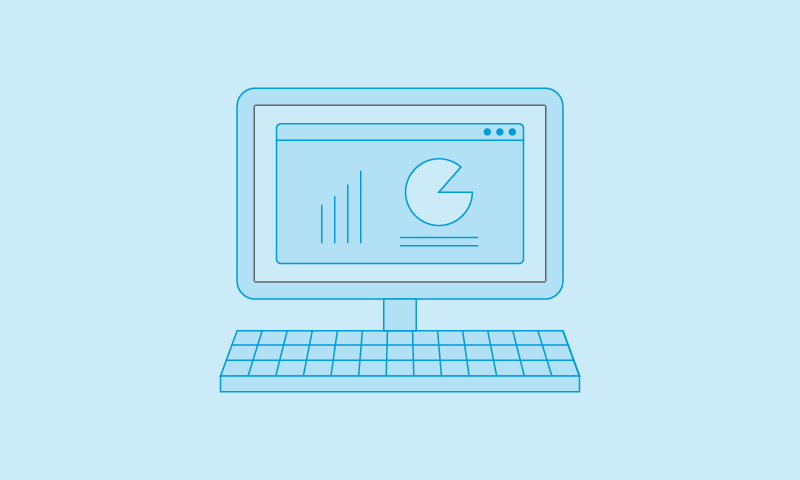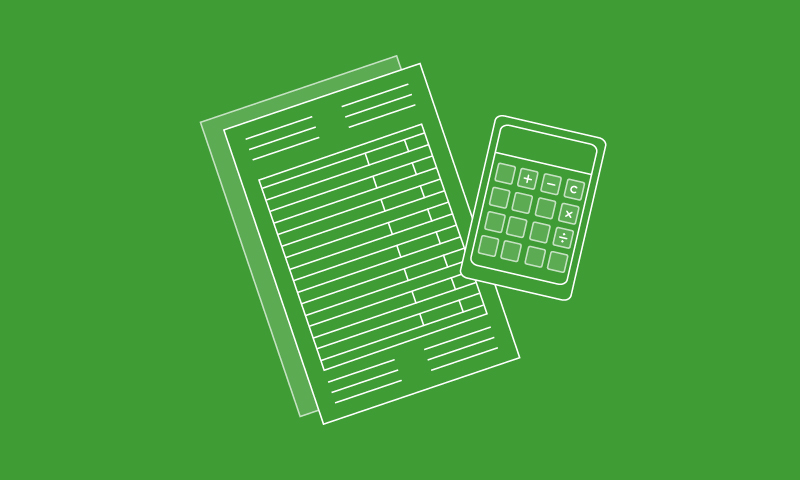20 August 2021
The UK’s main rate of corporation tax will increase from 19 per cent to 25 per cent with effect from 1 April 2023. This change was introduced by Finance Act 2021, and may have some important implications that companies need to consider.
A small profits rate will be reintroduced for companies with annual chargeable profits of £50,000 or less, and this is to be set at the current standard rate of 19 per cent, with a tapered tax band giving a marginal corporation tax rate of 26.5 per cent for those with profits between £50,000 and £250,000.
Tax accounting
The finance bill that became Finance Act 2021 received its third reading in the House of Commons on 24 May 2021. This date constitutes the date of substantive enactment for the purposes of UK generally accepted accounting practice (UK GAAP) and international financial reporting standards (IFRS). It subsequently received Royal Assent on 10 June 2021, the date of enactment for US generally accepted accounting principles (US GAAP) purposes.
The tax accounting implications, and in particular the deferred tax implications, of the rate change are therefore driven by the relevant accounting framework under which the UK entity reports. To the extent that the underlying timing or temporary difference is expected to reverse on or after 1 April 2023 and the main rate of UK corporation tax is expected to apply, the 25 per cent rate should be reflected in deferred tax calculations by entities subject to UK corporation tax:
- with a balance sheet date of 24 May 2021 or later, where they report under either UK GAAP or IFRS; and
- with a balance sheet date of 10 June 2021 or later, where they report under US GAAP.
Given the different approaches, it is even possible, for example, that a UK subsidiary of a group headquartered in the US with a balance sheet date between 24 May and 10 June 2021 will have to recognise the increased corporation tax rate for statutory accounts purposes (as these would normally be prepared in accordance with UK GAAP), but not for group reporting purposes (as US GAAP may be used for the group accounts).
Practical considerations
The increase in the main rate of corporation tax to 25 per cent will take place in little more than 18 months’ time and businesses will need to model the impact, including the effect it may have on any exceptional tax-sensitive transactions and planning opportunities, with a view to ensuring that stakeholders fully understand the implications.
Companies should also note that the increase in the main rate from 19 per cent to 25 per cent represents a 31 per cent increase in their corporation tax cost. For those emerging from a period of intense financial challenges resulting from the coronavirus pandemic, careful cash flow planning now may be essential to manage the transition to the increased rate.
Whilst the main rate of corporation tax is changing on 1 April 2023 and will therefore affect accounting periods ending on or after that date, the dates on which tax is payable are not. As such, for many companies the key date will continue to be nine months and one day from the end of the accounting period. For large or very large companies within a quarterly instalment payments (QIPs) regime, however, the impact of the rate change could be felt even sooner, as the first payment date for these companies generally falls six months and 13 days or two months and 13 days, respectively, after the first day of the accounting period.
Finance Act 2021 also included some subtle changes to the way in which associated companies are identified for the purposes of calculating the profit thresholds above which each of the QIPs regimes applies. The new definition is broader, such that some companies may now be required to pay their tax earlier.
Businesses subject to corporation tax should review these legislative changes, to understand their impact and what action is necessary as a result.
For more information please get in touch with Suze McDonald.









